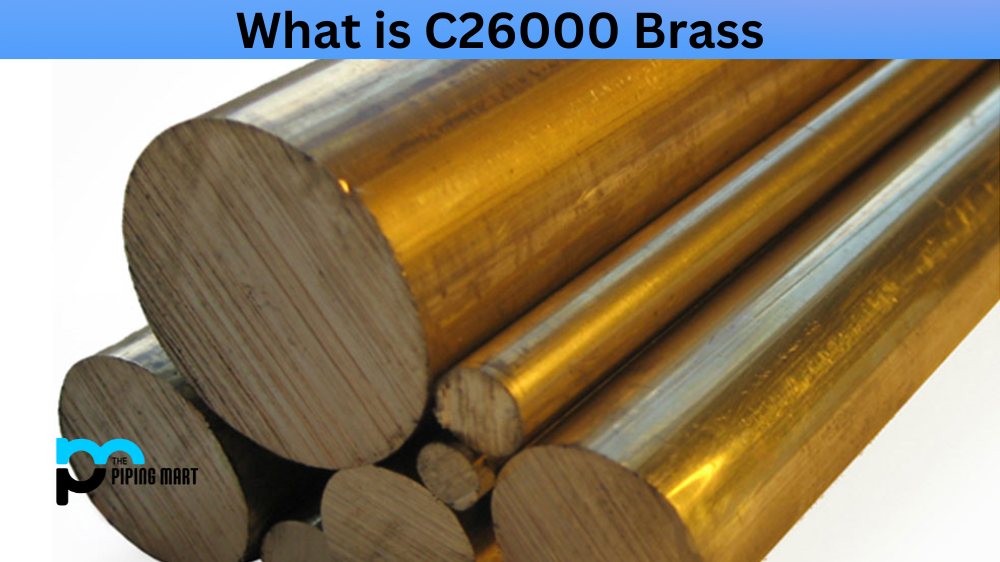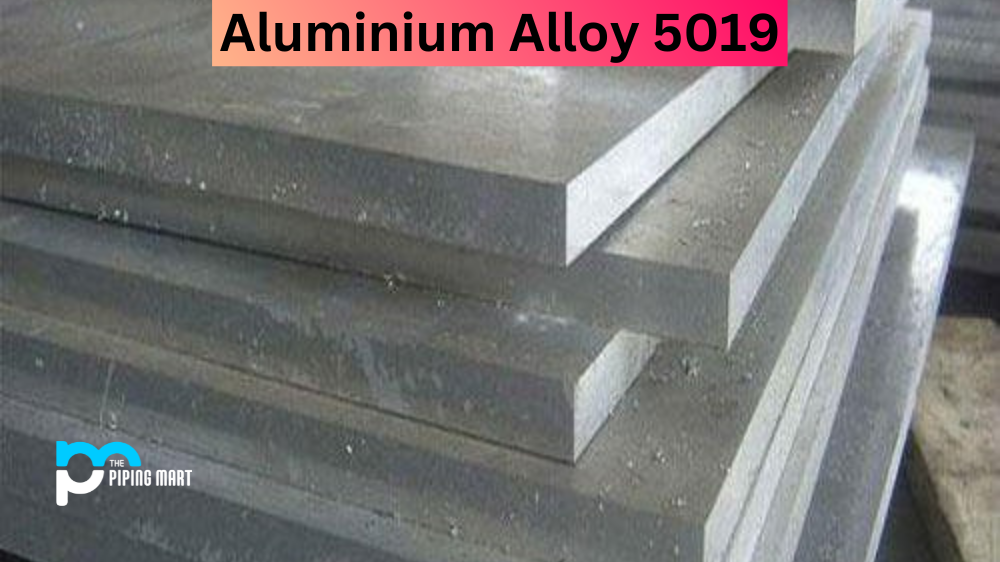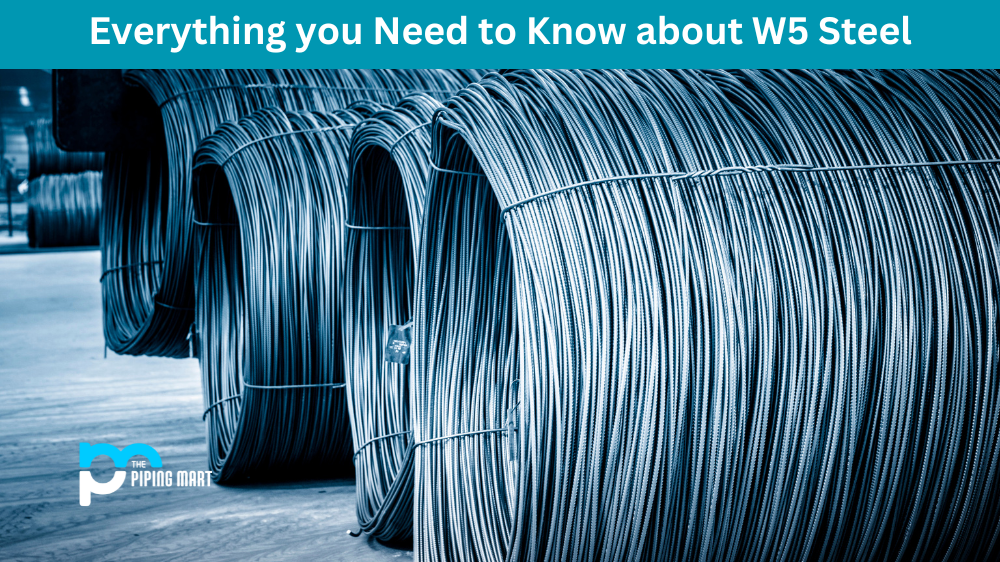If you are looking for a material with excellent corrosion resistance that is easy to manufacture and widely available, consider C26000 brass. This type of brass is a popular choice for a wide range of applications, from plumbing fittings to electrical components. In this post, we’ll explore what C26000 brass is, its composition, physical and mechanical properties, and its various uses.
C26000 Brass Composition
C26000 brass is a type of brass alloy known as cartridge brass. It mainly comprises copper, zinc, and a small amount of lead. The percentage of each element in the alloy varies slightly, but typically, C26000 brass contains around 70% copper and 30% zinc. The lead content is around 0.07%, which makes it easier to machine and form. This alloy has good machinability, and its lead content helps reduce tool wear and enhance the surface finish.
| Element | Content (%) |
|---|---|
| Cu | 68.5-71.5 |
| Fe | 0.050 |
| Pb | 0.070 |
| Other | 0.15 |
| Zn | 28.5 |
C26000 Brass Physical Properties
The physical properties of C26000 brass make it an attractive option for many applications. It has a density of around 8.53 g/cm³, similar to copper’s. It’s also ductile and has good electrical conductivity. The melting point of C26000 brass is around 899°C, which makes it relatively easy to cast and form. It’s also reasonably resistant to corrosion, making it useful in environments where exposure to moisture or salt is a concern.
| Properties | Metric | Imperial |
|---|---|---|
| Melting point-liquidus | 954°C | 1750°F |
| Melting point-solidus | 916°C | 1680°F |
| Density (@20°C/68°F) | 8.53 gm/cm3 | 0.308 lb/in3 |
C26000 Brass Mechanical Properties
The mechanical properties of C26000 brass depending on the manufacturing method and the size of the material. Generally, this alloy has good tensile and yield strength, making it suitable for applications requiring good structural integrity. It has a Rockwell hardness of around 60, which is relatively soft and means this material is easy to machine and shape. This brass alloy is not particularly heat-treatable, so it doesn’t have significant changes in mechanical properties when subjected to heat.
| Properties | Metric | Imperial |
|---|---|---|
| Tensile strength (depending on temper) | 303-896 MPa | 44-130 ksi |
| Yield strength (depending on temper) | 76-448 MPa | 11-65 ksi |
| Elongation (75mm/3in) | 66% | 66% |
| Poisson’s ratio | 0.34 | 0.34 |
| Elastic modulus | 117 GP | 16969 ksi |
C26000 Equivalents
| ASTM B129 | ASTM B134 | ASTM B135 | ASTM B19 |
| ASTM B36 | ASTM B569 | ASTM B587 | MIL C-10375 |
| MIL S-22499 | MIL T-20219 | SAE J461 | SAE J463 |
C26000 Brass Uses
C26000 brass has many applications due to its unique properties, such as excellent machinability, good electrical conductivity, and corrosion resistance. Some typical uses of C26000 brass include fittings, valves, hose couplings, and various electrical components such as fuse clips, sockets, and connectors. Its corrosion-resistance properties make C26000 brass popular for marine applications, such as boat hardware, fasteners, and throttle valves.
C26000 Brass Welding
Welding C26000 brass is a viable option, but it requires proper preparation and welding techniques to ensure a proper bond. The most suitable welding method is inert gas welding or TIG welding. It’s essential to note that C26000 brass contains lead, which can cause health issues. Therefore all measures to reduce exposure to lead fumes, dust, and particles should be observed.
Conclusion
C26000 brass is an excellent choice for various applications due to its excellent corrosion resistance, machinability, and unique physical and mechanical properties. Being a leaded alloy, it’s easy to fabricate and machine, making it a perfect material for complex, intricate parts. With this post, we hope we’ve helped you understand what C26000 brass is, its composition, physical and mechanical properties, and its various uses. Consider this material for your next project; you won’t be disappointed.

Meet Bhavesh, a seasoned blogger with a wealth of knowledge and experience. From metal products manufacturing to retail, Bhavesh has a diverse background in various industries and is dedicated to sharing his insights and expertise with readers.




